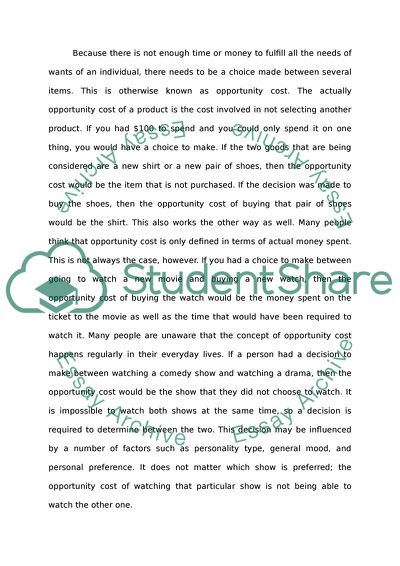Cite this document
(“Introduction to Microeconomics Essay Example | Topics and Well Written Essays - 1250 words”, n.d.)
Retrieved from https://studentshare.org/macro-microeconomics/1584434-introduction-to-microeconomics
Retrieved from https://studentshare.org/macro-microeconomics/1584434-introduction-to-microeconomics
(Introduction to Microeconomics Essay Example | Topics and Well Written Essays - 1250 Words)
https://studentshare.org/macro-microeconomics/1584434-introduction-to-microeconomics.
https://studentshare.org/macro-microeconomics/1584434-introduction-to-microeconomics.
“Introduction to Microeconomics Essay Example | Topics and Well Written Essays - 1250 Words”, n.d. https://studentshare.org/macro-microeconomics/1584434-introduction-to-microeconomics.


